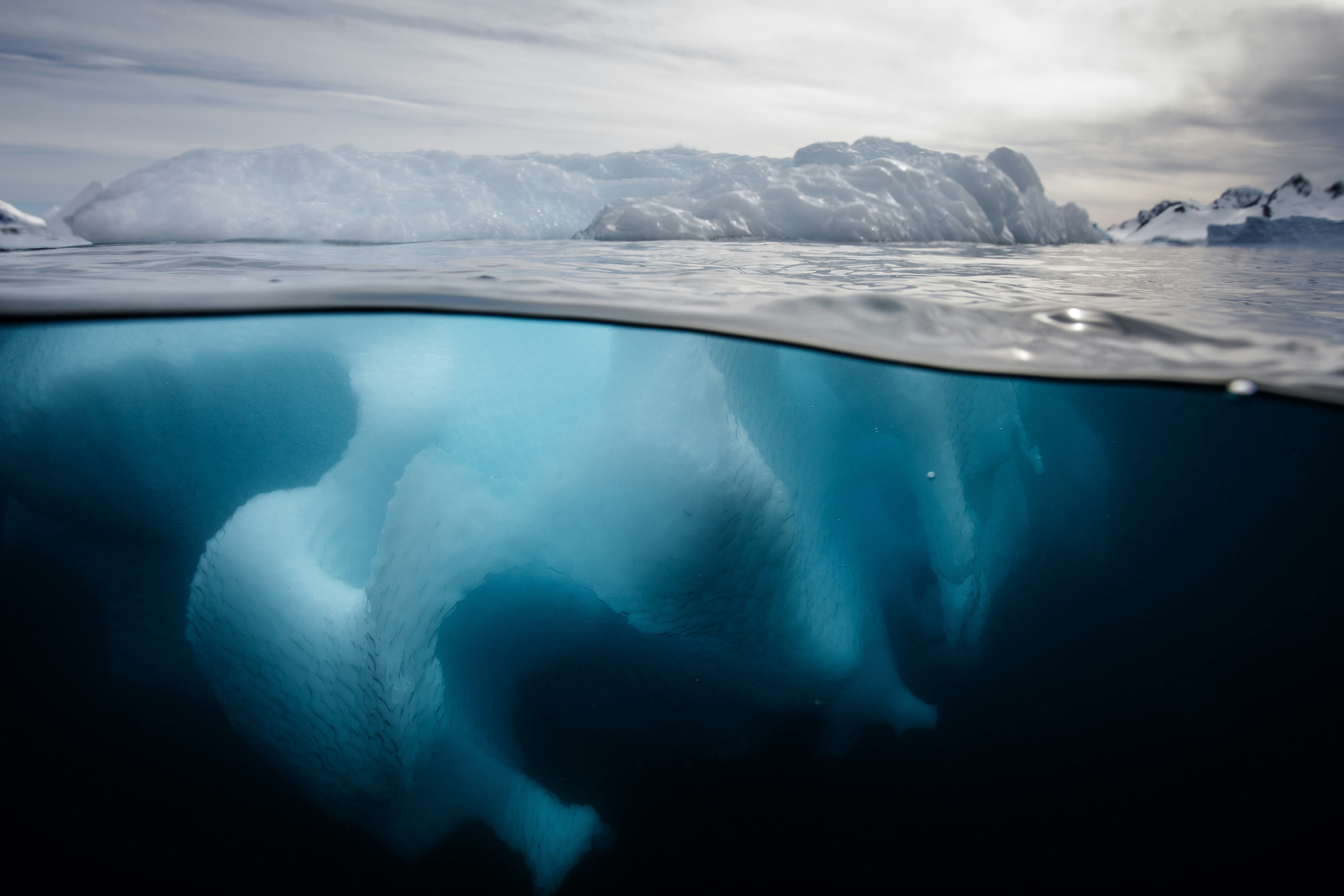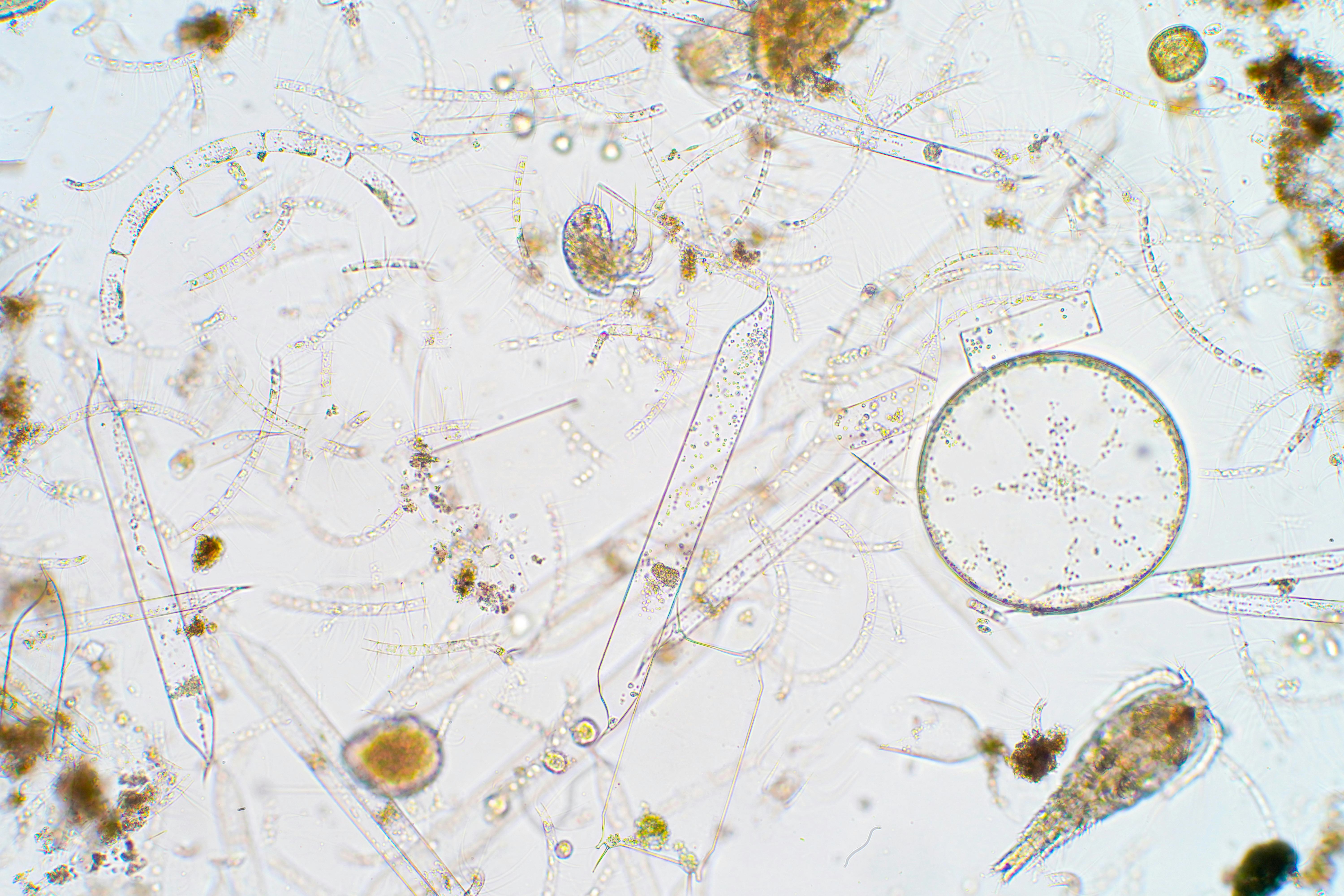
Scientists may have uncovered large swaths of phytoplankton under Antarctica’s sea ice — a discovery scientists previously thought was highly unlikely. The findings were published Thursday in the journal Frontiers in Marine Science.
“I think the conventional wisdom was that this wouldn't happen in Antarctica,” Christopher Horvat, the lead author of the study, tells Inverse. Horvat is a senior lecturer at Auckland University and a visiting professor at Brown.
Here’s the background — Phytoplankton are tiny, self-feeding microorganisms that form the base of aquatic ecosystems. Many sea creatures rely on them for food. Large growths of phytoplankton — known as blooms — can happen when there’s prolonged sunlight over an area of the ocean.
Over the past 30 years, global warming has caused sea ice in the Arctic to melt at an alarming rate, making phytoplankton blooms possible there. For example, in 2011, scientists uncovered a massive under-ice bloom in the Chukchi Sea in the Arctic.

What’s new — Researchers had little reason to suspect phytoplankton blooms were occurring under the sea ice in Antarctica’s Southern Ocean, where climate change has had little impact on sea ice thickness.
However, Horvat’s team suspected that during the summer months, sunlight peeping through openings in the usually compact sea ice may be allowing phytoplankton to grow.
Under-ice blooms cannot be observed directly from the surface or even from space, so Horvat’s team used specialized autonomous buoys — known as Argo floats — that sit under sea ice and measure chlorophyll and carbon counts, among other variables.
Using the data from the floats as well as climate models that estimate when the right light conditions for phytoplankton blooms would occur, the researchers determined that it was possible for phytoplankton blooms to occur there.
According to the findings, anywhere between three and five million kilometers of the Southern Ocean could have the right light conditions to support phytoplankton blooms, suggesting “widespread” phytoplankton blooms may be hiding beneath Antarctic sea ice.
“Historically, the assumption has been that the sea ice blocks all of the light, and so you can't have these blooms. And what we've shown is that, well, the sea ice in Antarctica is not fully compact,” Horvat says.
Why it matters — Phytoplankton form the base of many aquatic ecosystems, so the obvious next question is whether they are supporting hidden underwater ecosystems under the Antarctic ice.
It’s not out of the question to expect a greater chance of a complex food web based on the presence of phytoplankton there, he says, but “ultimately, that's a question for a biologist.”
He’s hopeful that biologists and other experts will be able to build on his findings to answer those questions. If they did find these blooms, it wouldn’t be unprecedented. Earlier this year, New Zealand scientists found a rich trove of shrimp-like marine creatures under the Antarctic ice.
“I think the one take-home message here is that you can find things everywhere you look in some of the most surprising places,” Horvat adds.

What’s next — While Horvat’s research uncovered the likely existence of phytoplankton blooms through the floats, they haven’t actually seen any of them in person. So, their next step would be to find partners who can help them go under the ice using ships known as icebreakers.
“We want to go down there...and watch one of these blooms happen,” Horvat says.







